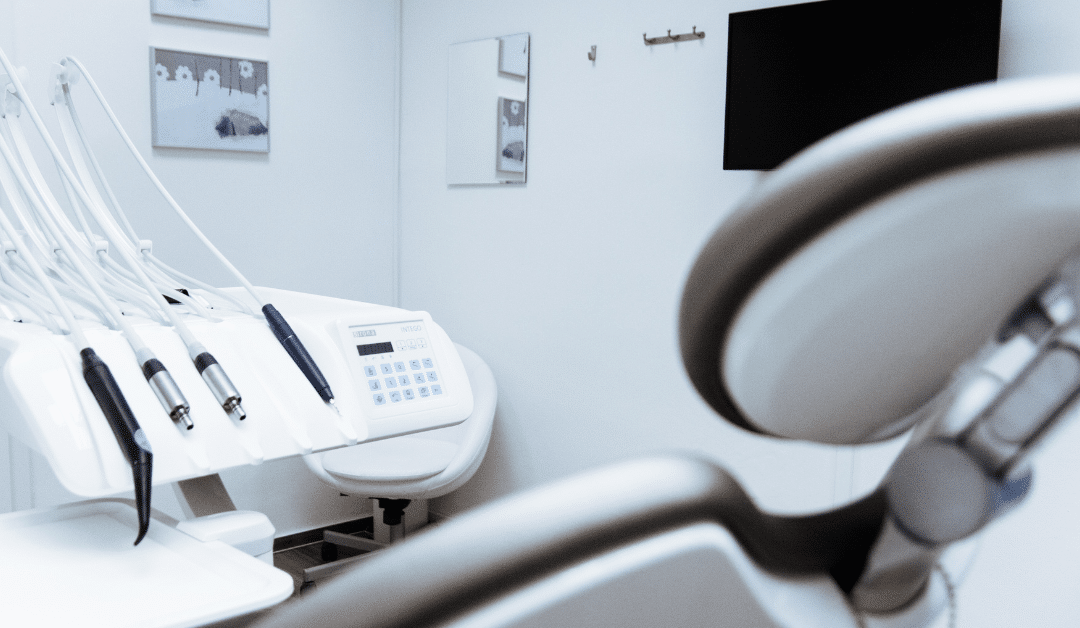More than 2,000 complaints lodged against dentists in the past four years

 A Placenta is derived from both maternal and foetal tissue with approximately one fifth derived from foetal tissue at term. It comprises a large number of functional units called villi which are branched terminals of the foetal circulation, allowing transfer of metabolic products. The placenta plays a very important role during pregnancy.
A Placenta is derived from both maternal and foetal tissue with approximately one fifth derived from foetal tissue at term. It comprises a large number of functional units called villi which are branched terminals of the foetal circulation, allowing transfer of metabolic products. The placenta plays a very important role during pregnancy.
If the placenta is not delivered within 30 (thirty) to 60 (sixty) minutes after childbirth, it is known as retained placenta. Retained placenta might occur because the placenta becomes trapped behind a partially closed cervix or because the placenta is still attached to the uterine wall either loosely or deeply.
After delivery of a baby, no matter how premature, if the placenta is retained, it can cause severe infection and/or haemorrhaging in the mother.
If you are suffering from any of the symptoms such as heavy bleeding for more than 10 days and/or fever after giving birth, it is vital that you attend at your doctor to ensure the placenta has not been retained. Your treating obstetrician will perform an ultrasound to verify whether retained placental fragments are present.
Where the ultrasound is indicative of retained products, a number of different medications may achieve complete expulsion, eliminating the need for surgery. However the alternative to medical treatment should be discussed with your treating physician.
If this has occurred to you, there could be a case of clinical negligence due to the fact that every placenta should be examined after delivery and this should normally alert the midwife or obstetrician to the problem.
– ELMAGH KIERNAN
Please contact us by email or on 01-5313800 if you wish to discuss a relevant matter.